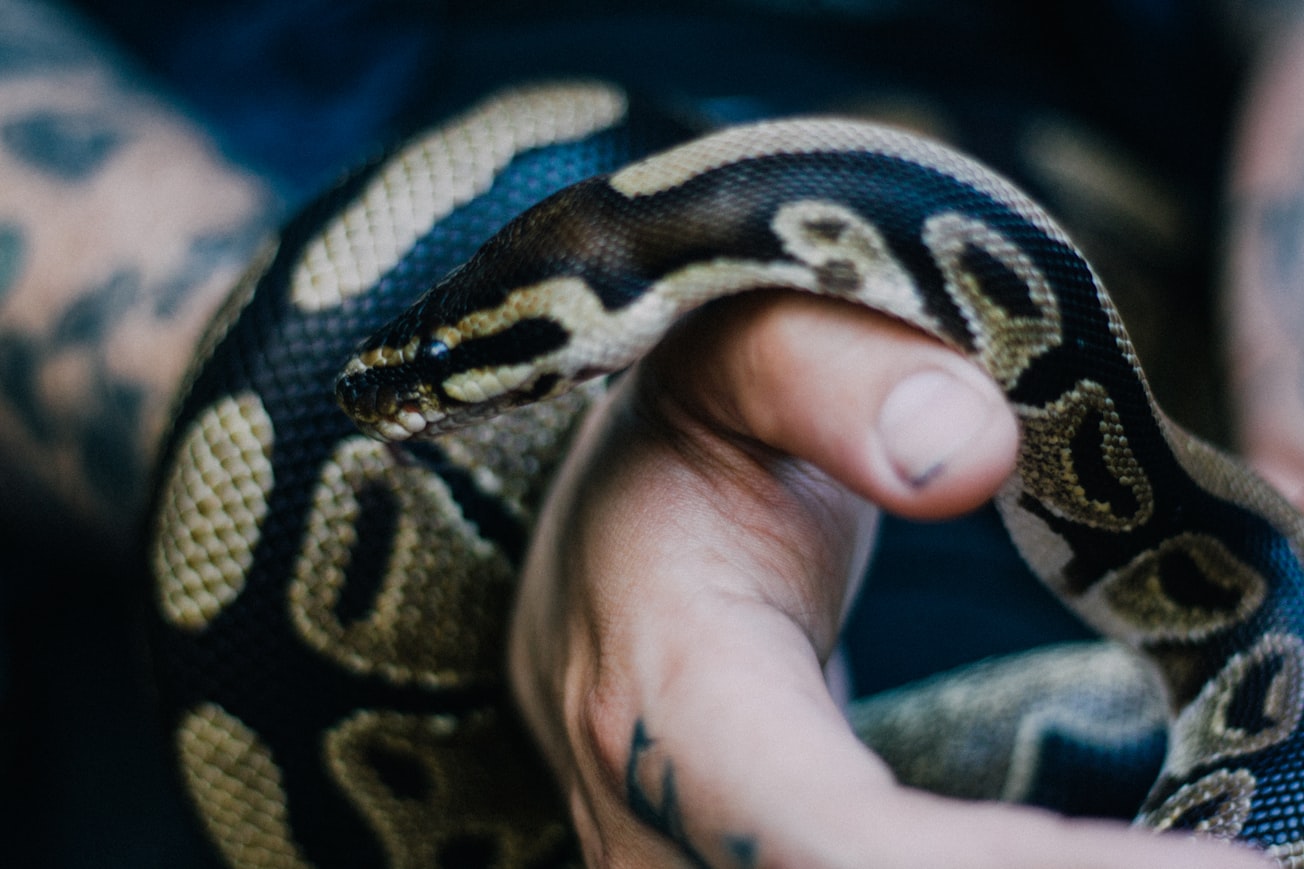What is it about?
The global pet trade generates biological invasions because non-traditional pets (birds, reptiles) are often released (or escape captivity) outside of their native range. In line with that, we first show that invasive species are strongly overrepresented among vertebrates traded as pets. In addition, using ants as a model system (because ants are increasingly popular non-traditional pets), we show that invasive species are also more likely to be traded as pets than non-invasive species.
Featured Image

Photo by Romina Farías on Unsplash
Why is it important?
Our findings indicate that the pet trade not only creates opportunities for invasions, but that it favors specifically invasive species. These findings call for the rapid implementation of strict international regulations of the trade in animals as pets.
Perspectives
From the long-standing global pet trade in vertebrates to the emerging trade in ants as pets, this study was very stimulating and we had a great time working on this article. We hope it will help to guide future wildlife trade regulations and increase risk awareness of people owning, or that want to own, non-traditional pets.
Jérôme Gippet
University of Lausanne, Switzerland
Read the Original
This page is a summary of: Invasiveness is linked to greater commercial success in the global pet trade, Proceedings of the National Academy of Sciences, March 2021, Proceedings of the National Academy of Sciences,
DOI: 10.1073/pnas.2016337118.
You can read the full text:
Contributors
The following have contributed to this page










